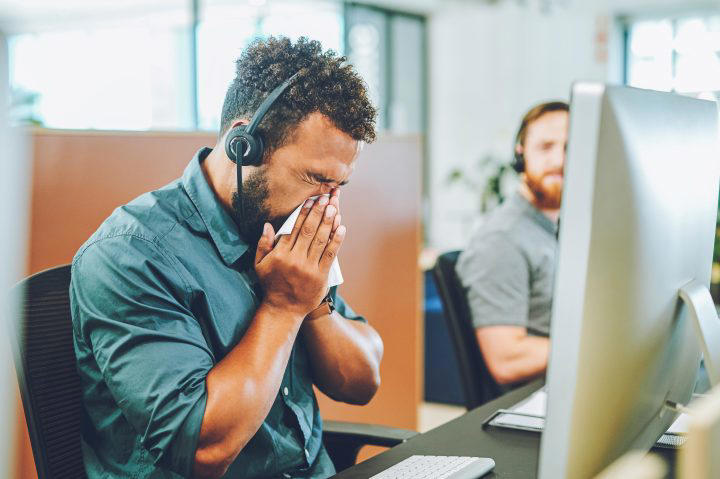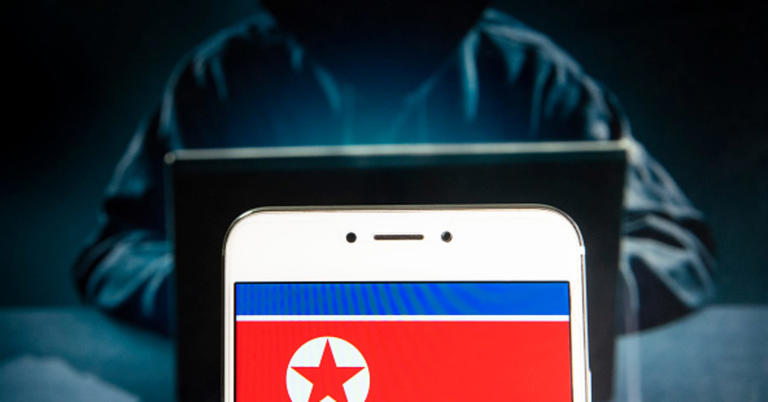
A distinct urban-rural divide left a Utah special congressional primary race between a Donald Trump critic and supporter too early to call Tuesday in a tight race that will likely produce the replacement for U.S. Rep. Chris Stewart.
The GOP special primary to replace Stewart saw Celeste Maloy, who was Stewart’s chief legal counsel and has his endorsement, with a narrow lead over former state lawmaker Becky Edwards late Tuesday.
Edwards, a Trump critic, was leading in two urban counties, but Maloy, a Trump supporter, overtook her with strength from rural areas. Votes yet to be counted included thousands of mail-in ballots over the next two weeks.
Maloy told KUTV she knew it was too early to know if she would win but was happy to see rural counties in the district play such a key role in the results.
“Look at the numbers in rural Utah, these are incredible,” Maloy said. “I’ve said this a lot: Rural Utah feels under-represented. They feel like people don’t show up.”
After seeing her early lead evaporate, Edwards briefly thanked supporters and ended an election night party in Salt Lake City. As they chanted, “Becky, Becky,” Edwards said she felt optimistic but would have to wait for more vote counting.
Maloy had a roughly 2% lead in the votes counted by Tuesday at midnight, a margin of about 1,400 votes. In past races, Utah hasn't counted all votes on election day and has left about 30% to count in the days afterward.
Almost all ballots in Utah are cast by mail, and they can arrive as late as Sept. 19 and be counted, so long as they are postmarked by election day.
Businessperson Bruce Hough, a committeeman for the Republican National Committee for over a decade, trailed by a wide margin, meaning a woman will likely next represent the district covering northern Salt Lake City and much of southern and western Utah
The GOP winner in the reliably Republican area will be the favorite against Democratic state Sen. Kathleen Riebe in the Nov. 21 special general election.
Stewart, a six-term Republican and veteran of the U.S. Air Force, set off a scramble to fill his seat when he announced in May he was resigning because his wife is ill. He plans to step down Sept. 15 after 10 years in office.
Trump and his string of indictments have not been a central part of this abbreviated campaign for any of the candidates. But Edwards has said she thinks Republicans should consider other candidates for the 2024 presidential race. During her unsuccessful 2022 primary run against Sen. Mike Lee, Edwards criticized Lee for backing Trump’s efforts to discredit the 2020 election results.
“I’m looking for a Republican who can win back the White House. I think it’s time that we have that shift,” Edwards told ABC4 Utah on Aug. 19. “It’s early days in the presidential election cycle but I’m watching, as I think most Americans are right now, to look for all the candidates as they’re putting out their ideas.”
Trump won conservative Utah in 2018 and 2022 but the state has never fully embraced Trump, whose demeanor clashes with the political and religious culture that prides itself on maintaining political civility in polarizing times. More than half of the state's residents belong to The Church of Jesus Christ of Latter-day Saints, known widely as the Mormon church. Republican U.S. Sen. Mitt Romney, a frequent Trump critic, is among the members of the faith.
The federal indictments against Trump for allegedly working to overturn the 2020 election and for allegedly mishandling classified information after he left office loomed in an Aug. 4 debate between Hough and Maloy.
Trump got little mention in the debate but both suggested the Justice Department was politically selective in charging him.
“We are seeing agencies in the federal government weaponized against people that should not be weaponized. The DOJ, the FBI, others. Everybody should be accountable to the rule of law, period, end of story. And everybody should be treated equally under the law, equally,” Hough said.
The U.S. “looks like a banana republic” with such investigations, said Maloy, who added she would want to serve on a committee to investigate the “weaponization of the federal government” if elected.
Edwards didn’t take part in the debate.
Edwards has raised the most money of the three candidates, bringing in $379,000 while loaning herself an additional $300,000 from personal funds. While Maloy outraised Hough in contributions, Hough loaned his campaign more than $334,000.
If elected, Edwards or Maloy would become the only woman in Utah's congressional delegation and only the fifth in the state's history. The state's most recent female U.S. representative, Mia Love, served from 2015-2019 and was the state's first Black congresswoman.
Maloy qualified for the primary ballot after winning a Utah Republican Party convention vote in June. Hough and Edwards each gathered a minimum of 7,000 signatures to qualify for the primary ballot. Hough is the father of “Dancing With The Stars” veterans Julianne and Derek Hough.
Mead Gruver, The Associated Press
SEE





